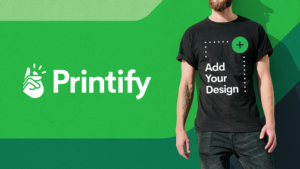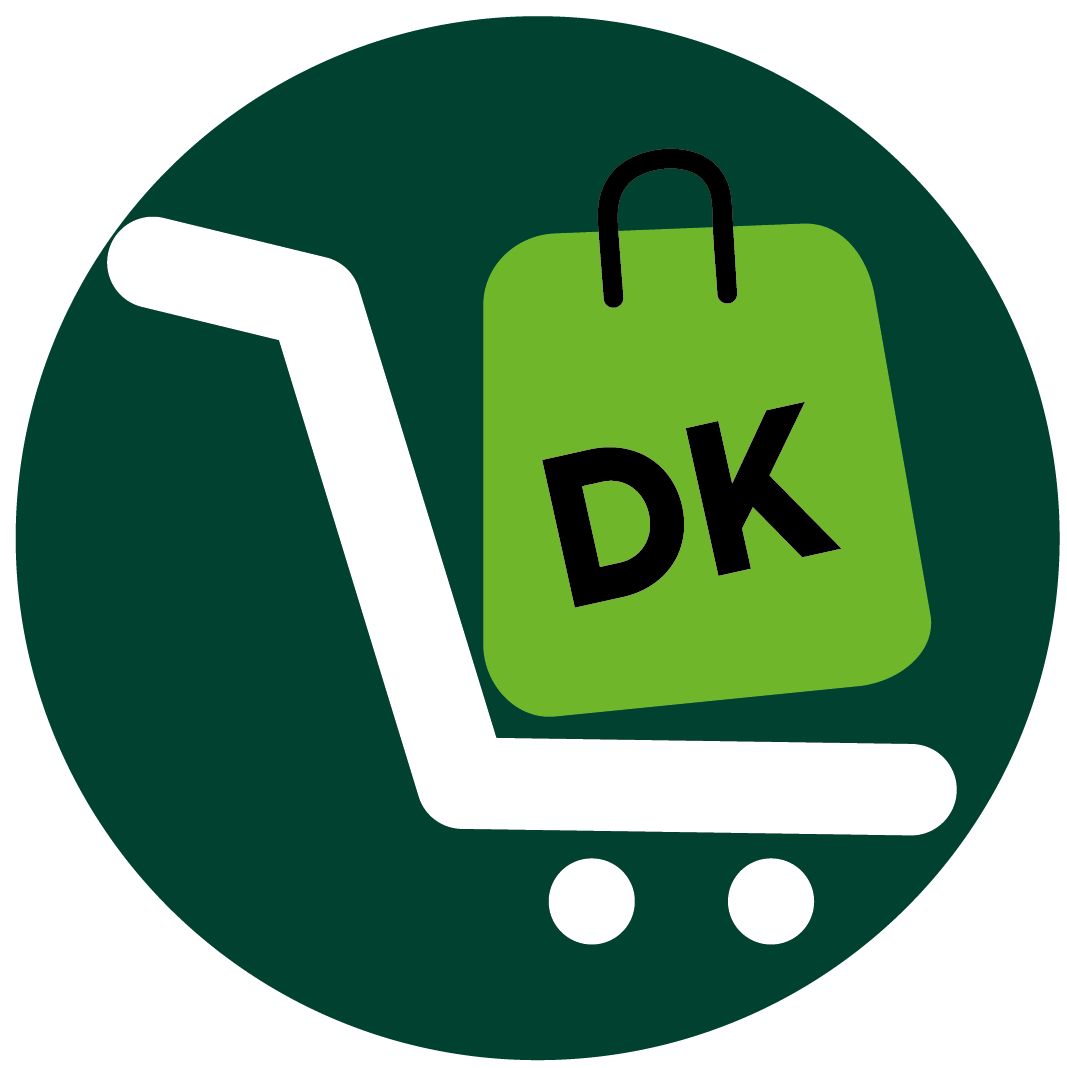Dive into the exciting world of Facebook Marketplace product research—a realm where savvy entrepreneurs unearth hidden treasures and uncover lucrative opportunities! Picture this: you, armed with curiosity and determination, navigating through a digital marketplace teeming with endless possibilities.
As you embark on this exhilarating journey, imagine the thrill of discovering products that not only captivate your mind but also have the potential to skyrocket your business to new heights. With each click, you’re not just browsing; you’re delving into a realm of innovation, where every item holds the promise of success.
Imagine the satisfaction of stumbling upon that diamond in the rough—the product that resonates with your audience on a profound level, the one that fills a gap in the market and leaves your competitors trailing behind. That is the essence of Facebook Marketplace product research done right.
But it’s not just about the destination; it’s about the journey. Along the way, you hone your instincts, sharpen your analytical skills, and cultivate a keen eye for opportunity. You learn to spot trends before it’s emerge, anticipate shifts in consumer preferences, and adapt your strategy accordingly.
So, are you ready to embark on this exhilarating adventure? Are you prepared to unlock the secrets of Facebook Marketplace product research and unleash the full potential of your entrepreneurial spirit? If so, then dive in and discover what wonders await you in the vast digital marketplace landscape!
1. Prioritize Your Ideas
Gather Your Treasure Map of Ideas: Begin by brainstorming various product ideas. Imagine these ideas as islands on your treasure map. Each idea represents a potential product to sell on Facebook Marketplace. Prioritize based on Feasibility, Demand, and Uniqueness:
- Feasibility: Consider whether you can realistically execute the idea. Assess factors like sourcing, shipping, and handling customer inquiries.
- Demand: Research the market to identify which products are in demand. Look for trends, popular categories, and customer preferences.
- Uniqueness: Evaluate how distinctive your idea is. Aim for products that stand out from the crowd.
- Not Every Shiny Object Is Gold: Just because an idea seems attractive doesn’t guarantee success. Some “shiny” ideas may not yield profitable results. Be discerning and focus on ideas with the highest potential.
Remember, successful Facebook Marketplace product research involves selecting ideas strategically, considering practicality, market demand, and uniqueness. Prioritize wisely to maximize your chances of success!
2. Test and Validate Different Ideas
Rather than diving headfirst into uncharted waters, take a cautious approach. Imagine dipping your toes into the sea before fully committing. Conduct small-scale tests for your product ideas. This could involve a pilot launch with a limited audience or a short-term offer. Testing allows you to gather real-world data, assess customer reactions, and identify any potential issues
Before embarking on a full-scale voyage (i.e., investing significant resources), validate your ideas. Consider factors like customer interest, sales performance, and feedback during the testing phase. If an idea shows promise, proceed confidently. If not, adjust or discard it.
Remember, testing and validation help you make informed decisions, minimize risks, and set sail towards success!.
3. Experiment with Product Names and Packaging
Think of your product’s name as the sail of your ship. It’s what catches attention and draws potential buyers. Experiment with different names to find one that resonates with your target audience. Consider factors like memorability, uniqueness, and relevance to your product.
Packaging is like the ship’s hull—it protects and presents your product. Experiment with eye-catching packaging designs. Consider colors, graphics, and overall aesthetics. Don’t forget! A well-designed package can make your product stand out on a crowded marketplace shelf.
4. Sell at a Competitive Price
Oh, pricing strategy! Study your competitors’ prices. Imagine your competitors as other ships sailing nearby. Observe their pricing strategies. Check if they are “sailing high” (charging premium prices) or “sailing low” (offering budget-friendly deals). Analyze their pricing patterns to understand market norms and customer expectations.
Think of this as finding the perfect wind direction for your sails. You want a price that balances value and competitiveness. The “sweet spot” is where your product’s price reflects its worthwhile remaining attractive to buyers. Avoid extremes—neither too high nor too low
Also, understand your competition. Observe their product offerings, marketing tactics, and customer reviews. What are your competitors doing right? Where are their leaks? Learn from their successes and avoid their pitfalls.
>>> PRO TIPS : Facebook Marketplace Product Research: How To Do It Right
5. Monitor Product-Market Fit
Imagine your ship as your product sailing in the marketplace waters. Product-market fit refers to how well your product aligns with customer needs and preferences.
Keep an eye on customer reactions: Are they embracing your product?
Look for positive reviews, engagement, and sales. If you’re hitting rough seas (low demand, negative feedback), adjust your course: Refine your product offering, improve marketing strategies, and adapt based on customer feedback.
Remember, staying attuned to product-market fit ensures your ship sails smoothly towards success!
6. Leverage Facebook Insights
Navigate with Facebook’s compass! Use Facebook Insights to analyze your product’s performance. Track metrics like reach, engagement, and conversion rates. If reach is low, consider improving your product descriptions or using targeted keywords. Engage with potential buyers based on engagement data, and optimize your pricing and presentation for better conversion rates.
7. Tap into Customer Feedback
Your crew—the customers—hold valuable maps. Pay attention to their whispers—their opinions, preferences, and experiences. What they love about your product and its aspects resonate with them.
If there is any drawback, adapt and evolve based on their feedback by enhancing existing features, addressing any shortcomings, and innovating to meet their needs.
>>> GET SMARTER : Facebook Marketplace Product Research: How To Do It Right
Recap
To do your Facebook Marketplace product research right, prioritize your ideas. Like a seasoned explorer, sift through the sands of creativity. Choose the gems—the ideas that sparkle with potential. Dip your toes into the shallows. Test your ideas, validate their worth, and don’t leap blindly; let data be your guiding star.
Your product’s name and packaging are sails catching the breeze. How about competitive pricing? Set your anchor, Wisley. Study rival ships—find the sweet spot where value meets competitiveness. Also, observe rival flags, learn from their maneuvers, adapt, avoid their leaks, and sail ahead.
Is your ship seaworthy? Monitor the tides of fit and adjust your course to stay aligned with the market. Navigate by the stars of data. Use Facebook insights to steer your ship towards success.














